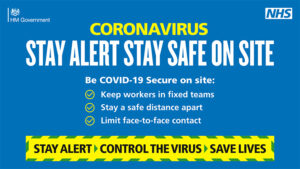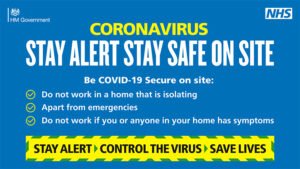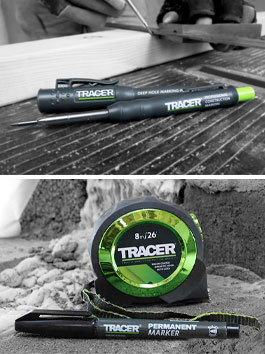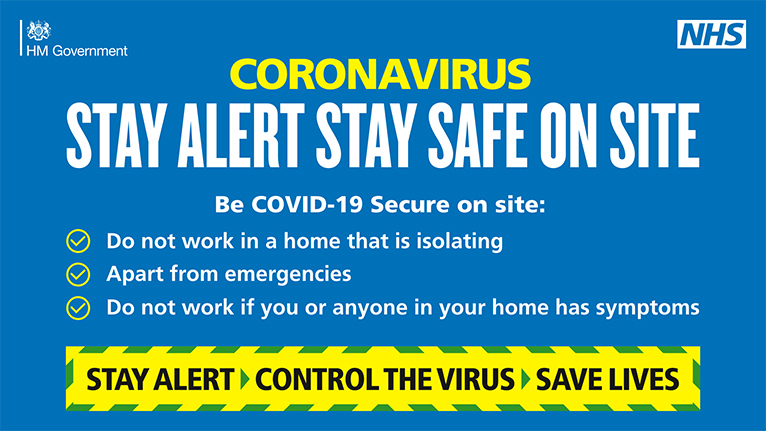A lot has changed over the past few months and as more tradespeople return to work, it is essential to stay protected. Setting strong guidelines and consistently following them is essential to staying safe and still being able to work effectively on site. So, it’s time to say goodbye to the apprentice handing you refreshments and start adapting to a new way of working.
In mid-May Boris Johnson announced “anyone who can’t work from home, for instance those in construction or manufacturing, should be actively encouraged to go to work”. Since then, the government have launched a Business Support campaign that provides the latest business safety guidance and financial support information. We have summarised the key points below, or you can read the full guidelines here.


Going to work (if you can’t work from home)
- You should not go to work if you or someone in your household displays coronavirus symptoms.
- No work should be carried out in any household containing individuals who are self-isolating, shielding or displaying any coronavirus symptoms.
- You should limit the number of passengers in corporate vehicles.
Managing the risk
- Carry out a risk assessment to ensure you are doing everything you can to eliminate the risk of Covid-19.
- If you have fewer than 5 workers, or are self-employed, you don’t have to write anything down as part of your risk assessment, but you should share the results with your customers.
- If you have more than 5 workers, you will need to consult with the health and safety representative selected by a recognised trade union or, if there isn’t one, a representative chosen by workers. As an employer, you cannot decide who the representative will be. Once the risk assessment has been done, you should display the government’s certificate on your website and also share it with customers and your employees.
- You should make every effort to comply to the social distancing guidelines if working from home is not possible (2m, or 1m with risk mitigation where 2m is not viable).
- As part of the mitigation actions, you should reduce the number of people each person has contact with by using ‘fixed teams or partnering’ (so each person works with only a few others)
- You should encourage visits via remote working where this is an option.
Protective products to bring on a job
- Hand sanitiser
Washing your hands with soap and water is best but if this isn’t an option, clean your hands with hand sanitiser containing at least 60% alcohol.
- Tissues
It’s important to cover your nose and mouth with a tissue when coughing or sneezing to minimise the risk of spreading germs. If your hands are full, or it is not safe to use your hands, you can sneeze or cough into the crook of your arm.
- Plastic bags or bin liners
Dispose your used tissues into plastic bags immediately after use and wash your hands afterwards.
- Food and drink
If you are working inside a house, bring your own drinks to reduce contact with the homeowner. If possible, bring your own food too to minimise additional contact with the public and have breaks outside where possible.
Self isolating
If you are displaying symptoms of Covid-19, self-isolate at home for at least 7 days. If you are living with someone who has symptoms, you will need to self-isolate for 14 days. Learn more about how to self-isolate correctly here.
What are your thoughts on the guidelines? Do you feel safe returning to work? Comment bel


